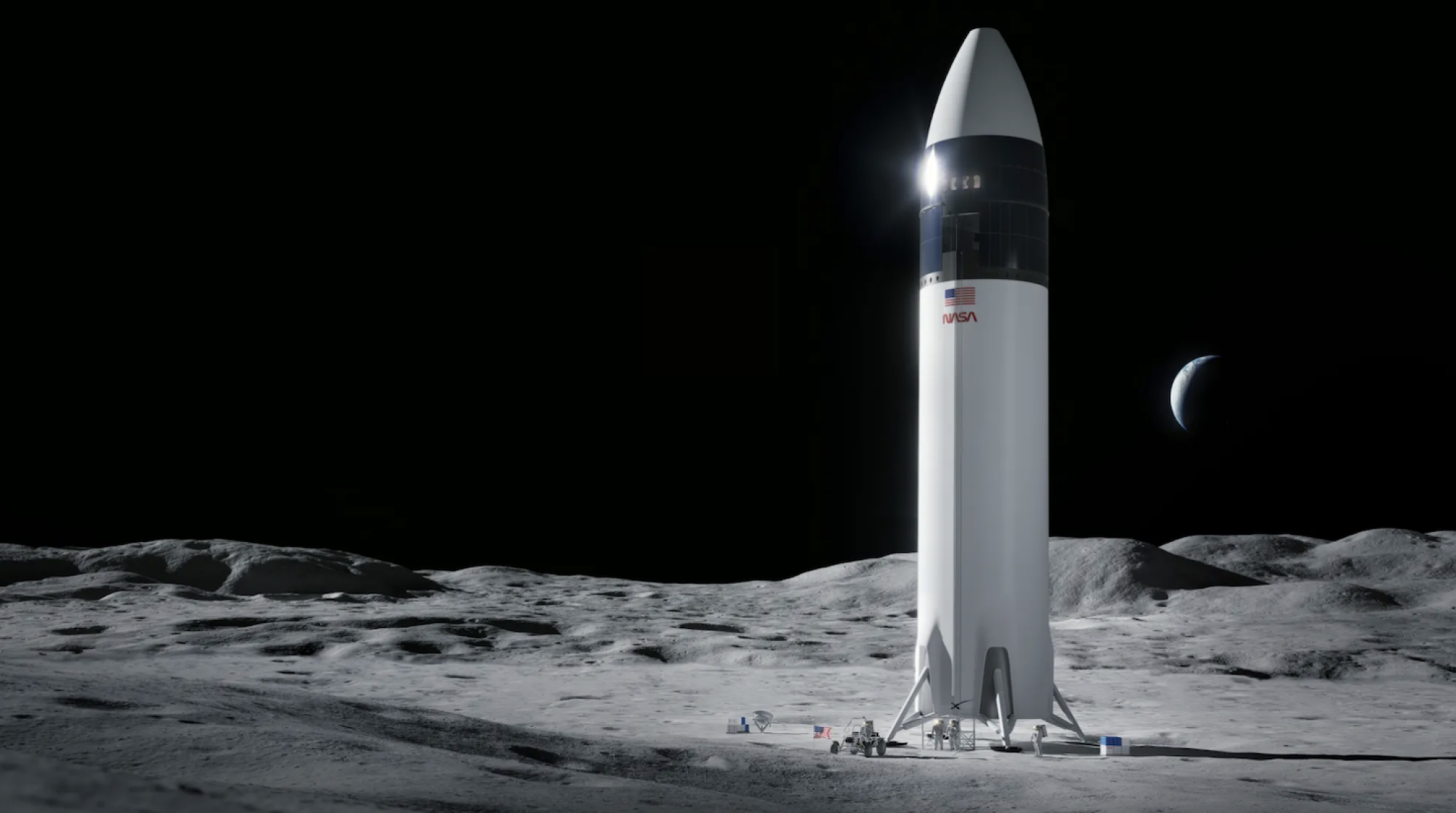NASA aims to land on the moon in 2 years. Why that won’t happen.

After an over 50-year absence, NASA astronauts will return to the moon — just not as soon as the space agency hopes.
NASA’s 21st-century moon ambitions — a program called Artemis wherein the U.S. plans to establish a permanent lunar presence — have been scrutinized by the U.S. Government Accountability Office (GOA). A new report, issued on Nov. 28, determined that while the agency has made important strides in returning astronauts to the lunar surface, it’s unlikely to achieve its late 2025 landing goal (a mission called Artemis III).
Big NASA missions usually take over six and a half years to develop. A 2025 launch would beat this average. Yet the new moon exploration mission, a complex operation involving a new lunar lander and space suits — both subject to the rigid safety requirements of human spaceflight — almost certainly won’t complete all their critical design, fabrication, and testing ahead of time.
“The complexity of human spaceflight suggests that it is unrealistic to expect the program to complete development more than a year faster than the average for NASA major projects, the majority of which are not human spaceflight projects,” the office determined. “GAO found that if development took as long as the average for NASA major projects, the Artemis III mission would likely occur in early 2027.”
Artemis III is an elaborate endeavor. Astronauts will launch on NASA’s new megarocket — the Space Launch System, which the agency successfully tested, with no crew, in November 2022. The giant rocket will lift the Orion spacecraft into space, which will be the astronauts’ ride to and from the moon’s orbit. Astronauts will then transfer to a SpaceX Starship craft that will land astronauts on the moon’s resource-rich south pole, where they will spend nearly a week before Starship launches them back up to lunar orbit. After transferring back to Orion, the astronauts will burn their engines and return home, ultimately splashing down in the Pacific Ocean.
Why NASA’s moon mission will be delayed
The GOA outlines two primary reasons why it expects Artemis III to reach the moon in 2027, as opposed to 2025: Delays in the lunar lander and new space suit designs. For those in the spaceflight industry, this delay might seem unsurprising, given that the Artemis III moon lander doesn’t yet exist.
Human landing system delay
NASA hired SpaceX to land astronauts on the moon, a $ 2.89 billion contract. SpaceX, however, has much work to do on its human landing system (HLS).
The SpaceX Starship lander, and the large propellant tankers that will fuel it, are dependent on the successful design and testing of the Starship spacecraft and rocket. As of Dec. 2023, SpaceX has launched two Starship demonstrations, which showed progress but didn’t nearly complete missions in Earth’s orbit. In November, the booster exploded during its second flight test. The commerical space company has yet to complete a successful orbital flight test.

These are expected results of novel rocket tests as SpaceX refines its colossal Starship (with its booster, Starship reaches nearly 400 feet high). But this likely means Artemis delays. The GOA noted that eight of 13 “key events” for the landing system had already been delayed by six months or more.
And another ambitious space infrastructure project looms large: SpaceX needs to build and launch the tanker system that will provide fuel to its moon lander. “A critical aspect of SpaceX’s plan for landing astronauts on the moon for Artemis III is launching multiple tankers that will transfer propellant to a depot in space before transferring that propellant to the human landing system,” the GOA concluded. “NASA documentation states that SpaceX has made limited progress maturing the technologies needed to support this aspect of its plan.”
New space suit delays
NASA hired Axiom Space to make new spacesuits for the agency’s 21st-century ambitions to the Moon, and then one day, Mars.
The spacesuit will feature “the range of motion and flexibility needed to explore more of the lunar landscape, and the suit will fit a broad range of crew members, accommodating at least 90 percent of the US male and female population,” NASA explained. “Axiom Space will continue to apply modern technological innovations in life support systems, pressure garments, and avionics as development continues.”

Want more science and tech news delivered straight to your inbox? Sign up for Mashable’s Light Speed newsletter today.
These suits, however, still need a lot of work. “For example, NASA’s original design did not provide the minimum amount of emergency life support needed for the Artemis III mission,” the GOA wrote. “As a result, Axiom representatives said they may redesign certain aspects of the space suit, which could delay its delivery for the mission.” As the report details, the suits might not complete the crucial “Flight Readiness Review” until late 2025.

